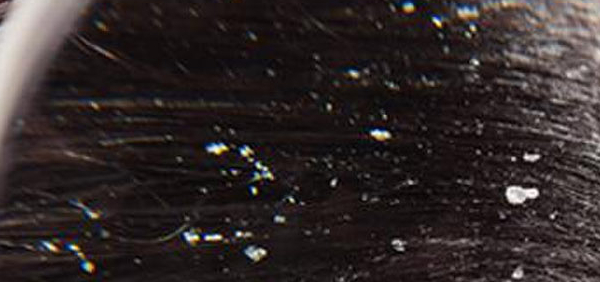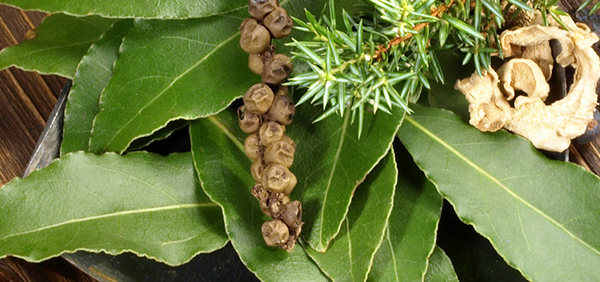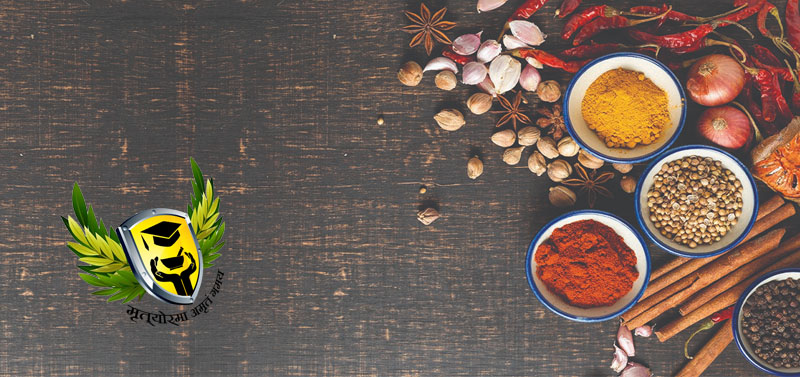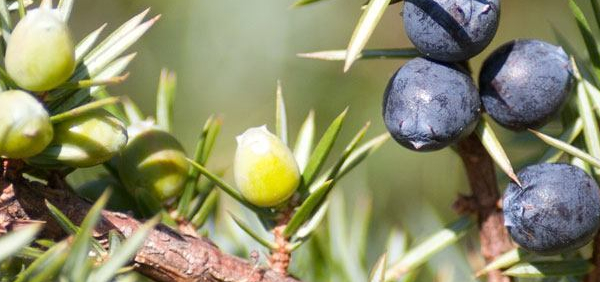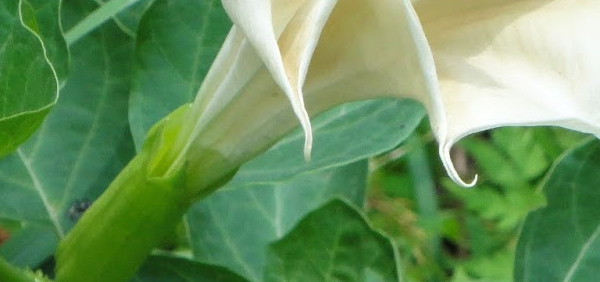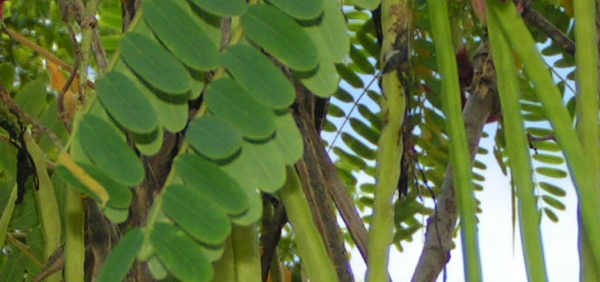mendhi :

Taxonomical Classification
Kingdom: Plantae - Plants
Subkingdom: Streptophyta
Superdivision: Spermatophyta - Seed plants
Division: Magnoliophyta - Flowering plants
Class: Magnoliopsida - Dicotyledons
Family: Lythraceae
Genus: Lawsonia
Species: Lawsonia inermis
VERNACULAR NAMES
Sanskrit: Madayantika, mendika, Madayanti, RanjakaEnglish: henna (Persian red) Egyptian priven
Hindi: Mehandi
Urdu: Mehendi, Hina
Telugu: Gorinta
Bengali: Mehadi
Marathi: Mendi
Konkani: Meti
Oriya: benjati
Gujarathi: Mendi
Tamil: Marudum, muruthani
Malayalam: Mailanelu, mailanchi മൈലാഞ്ചി
Kannada: Goranta, Korate, Madarangi, mayilanchi
Punjabi: Mehndi
Munda: Bind, Bindi, Mindi
Santal: Mihndi
Arabic: Alhenna, Henna, Henneh, Hinna, Yoranna
Spanish: Henne
Japanese: ヘンナ
Chinese: Tche Kia Hoa
French: Alcana D’orient, Alkanna d’Avicenne, Alkanna d’Orient, Henné, Racine á farder, Thomarhendi d’Avicenne, Troene d’Egypte
German: Henna
Nepal: मेंहदी
Persian: Panna, Hina
Sinhalese: Maritondo
Tulu: Madirengi
Greek: Kypros
Varities:
-The plant is sometimes spinous, and then it is L. spinosa, Linn.; in other cases it is L. inermis, Linn. Often cultivated under the name of Henna, and used as a dye. The leaves are ground in their raw state, and then mixed with lime-juice, to be put on the tips of the fingers, either to stain them red or to prevent whitlow. In other countries the stamens are usually 8- » Classification and names of mendhi
- » Synonyms and definitions of mendhi
- » Drug Properties of mendhi
- » Chemical Constituents of mendhi
- » Standardization of mendhi
- » Parts used and Dosage of mendhi
- » Morphology and Histology of mendhi
- » Distribution and Conservation of mendhi
- » Cultivation of mendhi
- » mendhi in the market
- » Medicinal Uses of mendhi
- » Researches and clinical trails of mendhi
- » mendhi in other sytems of medicine
- » Ayurvedic formulations with mendhi
- » Images of mendhi


